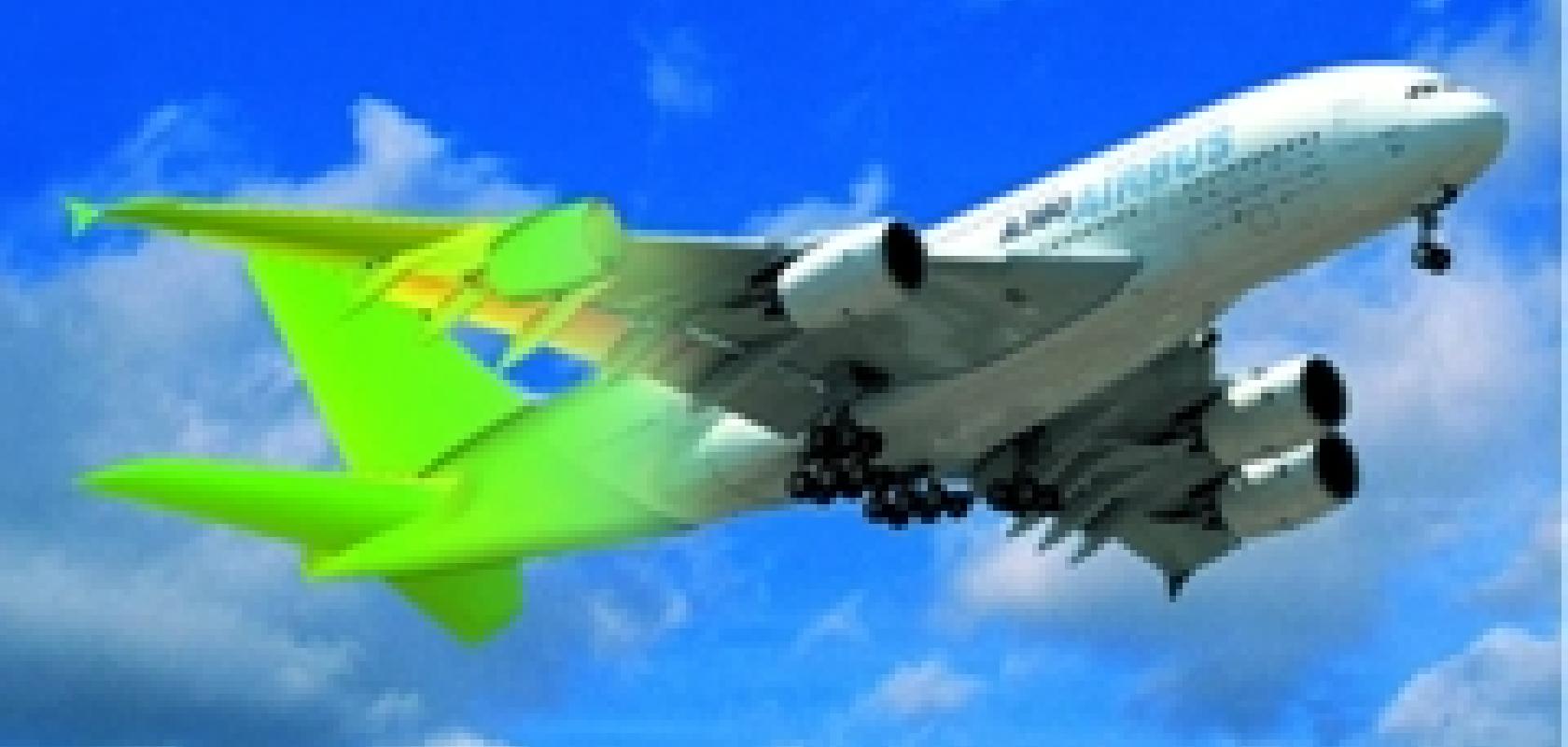Deutsche Telekom subsidiary T-Systems has opened a supercomputer for the Deutsches Zentrum für Luft- und Raumfahrt (German Aerospace Center, DLR).
The public supercomputer will allow the DLR to simulate how its planes behave from the initial draft designs.
The scientists in Braunschweig want to use tech technology to reduce development costs and make air travel even safer. Using computer simulations, the researchers are also looking for ways to reduce the amount of noise and pollutant emissions caused by planes.
The computer – one of the fastest in the world used industrially for aviation research – will be used in the Center for Computer Applications in AeroSpace Science and Engineering (C2A2S2E), the joint simulation centre of DLR, Airbus and the state of Lower Saxony in Germany.
The high performance computer, conceived and operated by T-Systems, will carry out 46.6 trillion calculations with floating-point numbers per second. The figures calculated within one second could fill up with data a pile of CDs 640 metres high.
The IT infrastructure, developed on the basis of Sun Microsystems hardware, ensures a high data transfer rate, which makes parallel calculations possible for several highly complex simulations.
It was especially important for the C2A2S2E project to increase the number of processor cores used simultaneously. Instead of a maximum of 500 cores, as has been the case up to now, researchers can now employ 768 Blade Server Modules and will therefore have access to 6,144 cores at the same time. By 2010, this performance should rise even further by using the next server generation.
The aim of the C2A2S2E project, which is planned to last at least 15 years, is to use thorough and highly precise calculations – such as flow simulations – to accelerate and improve aircraft development and at the same time reduce development costs.


